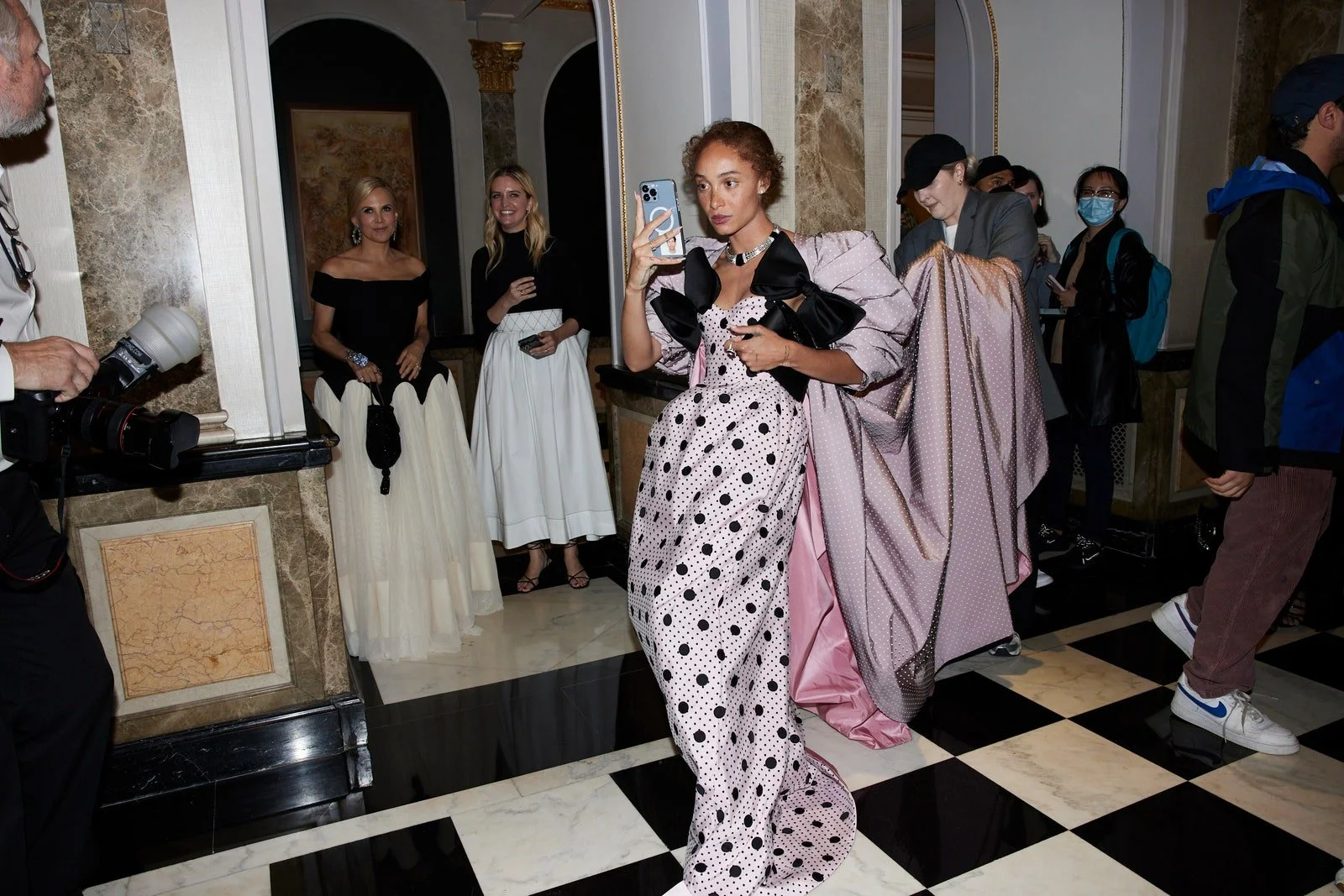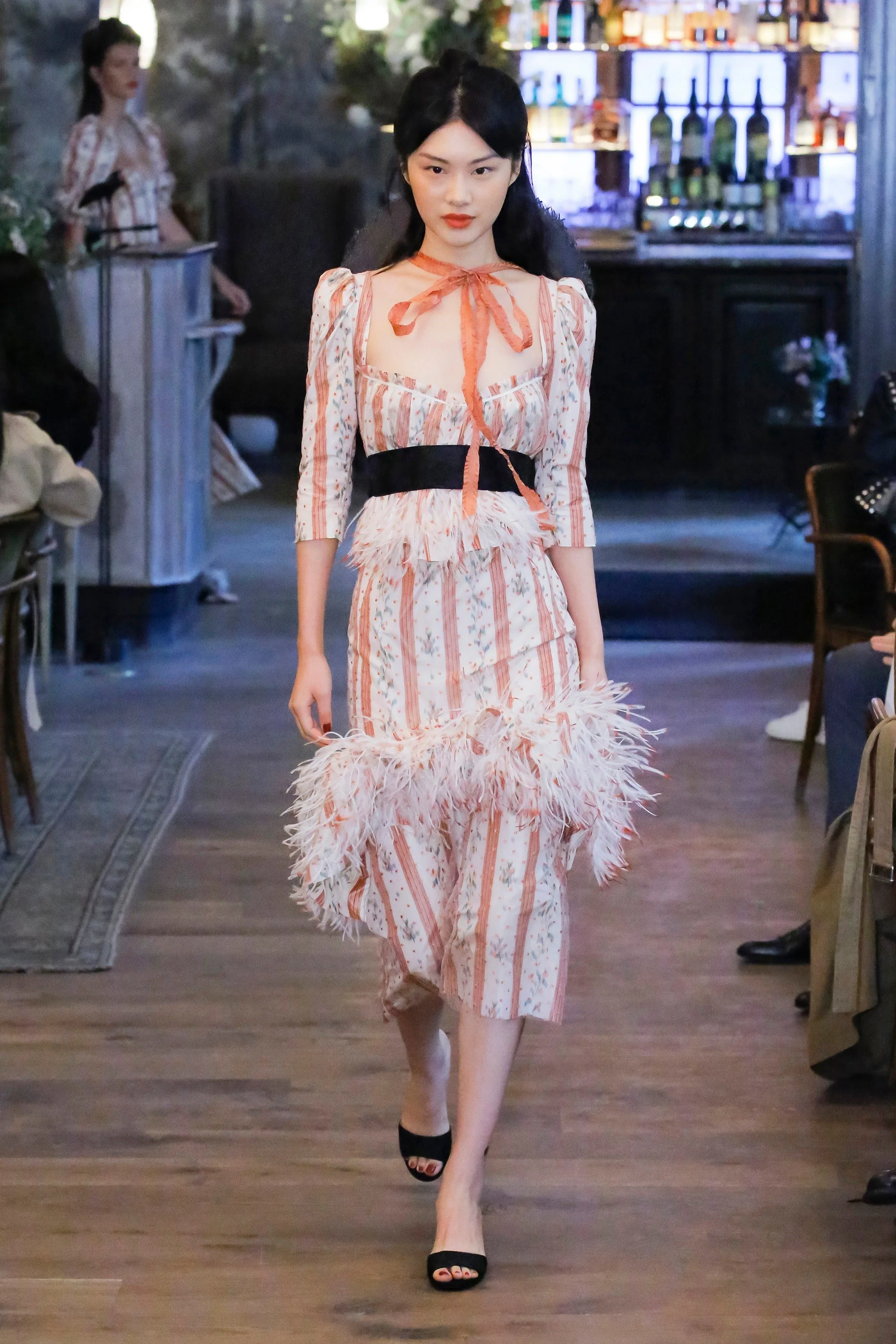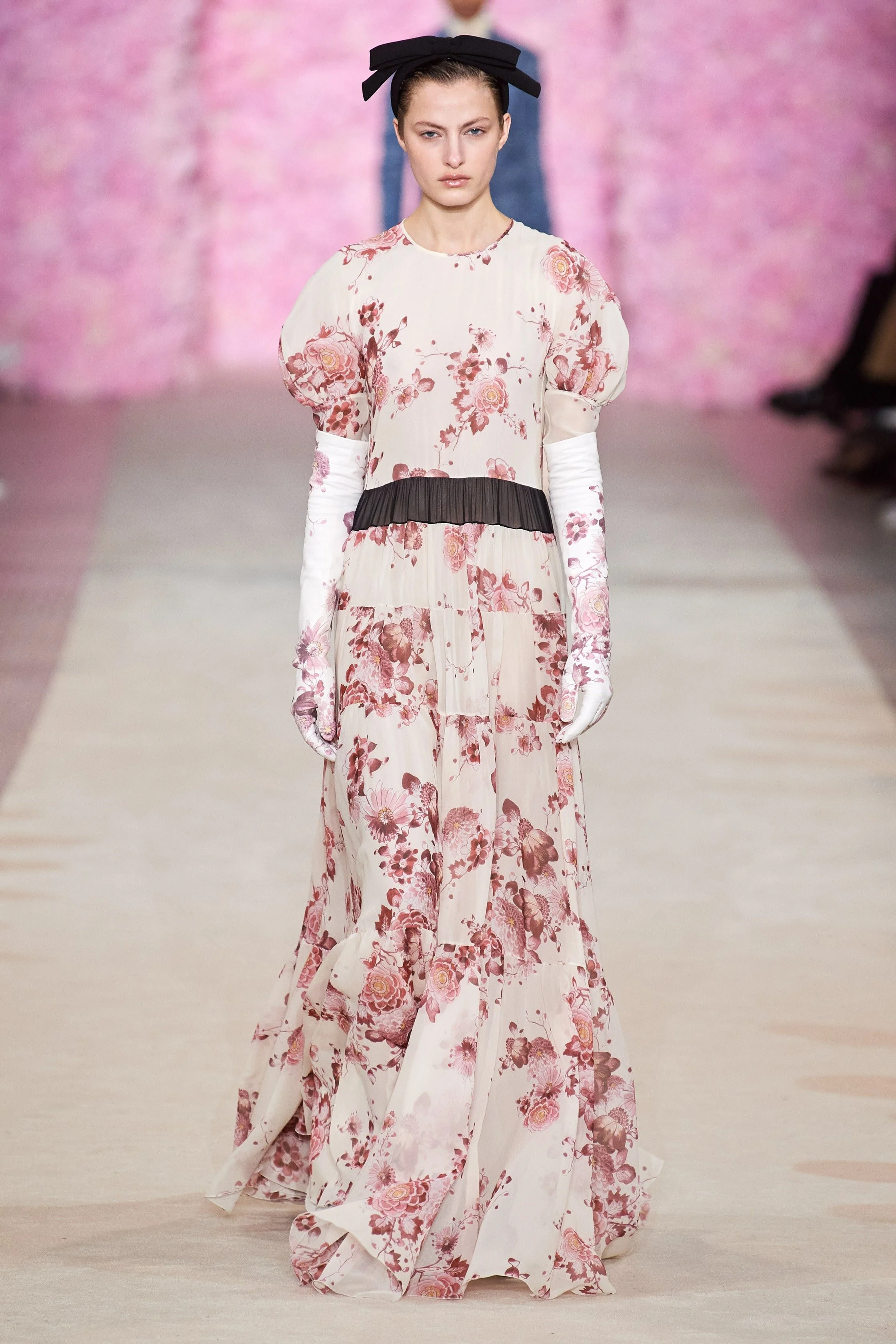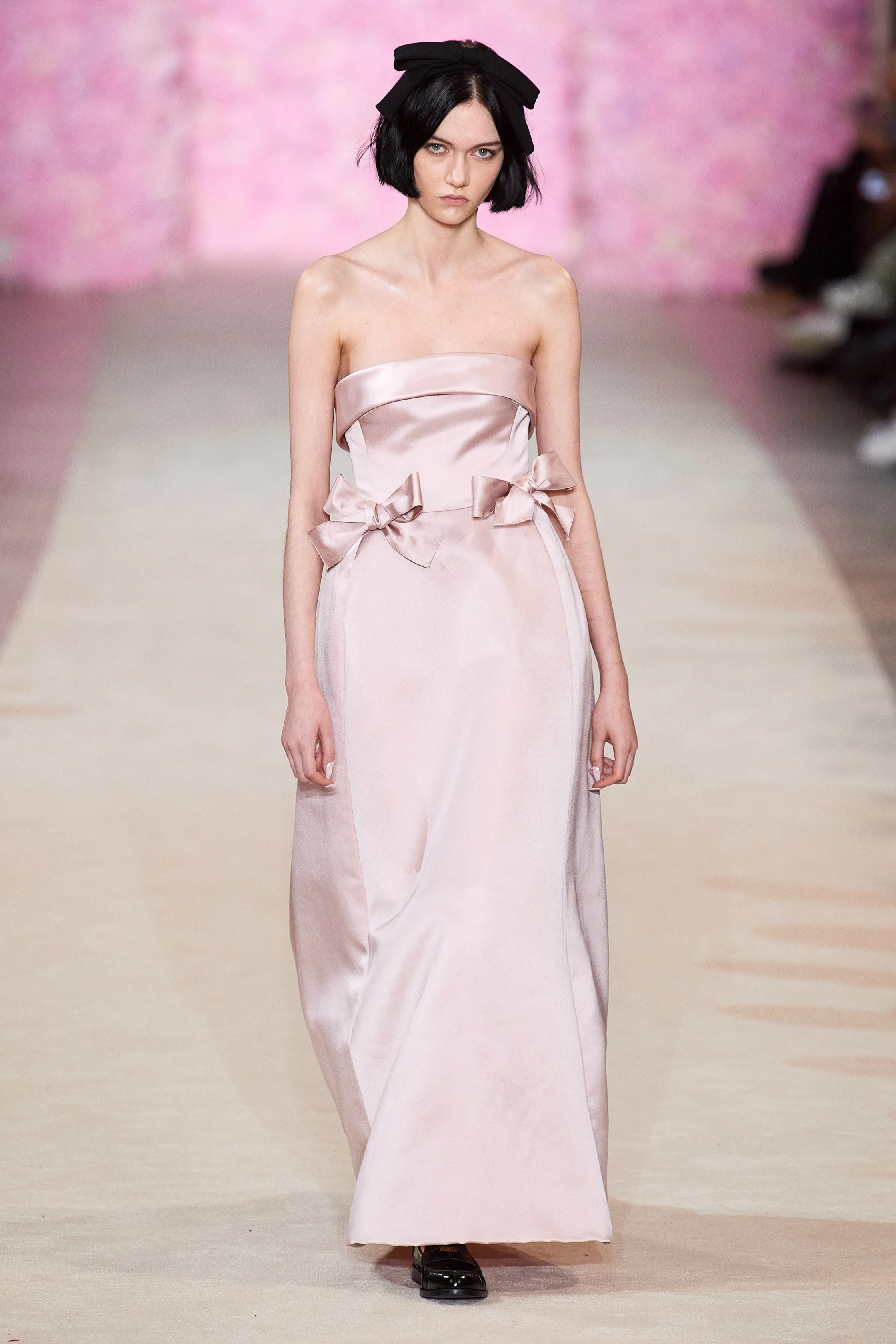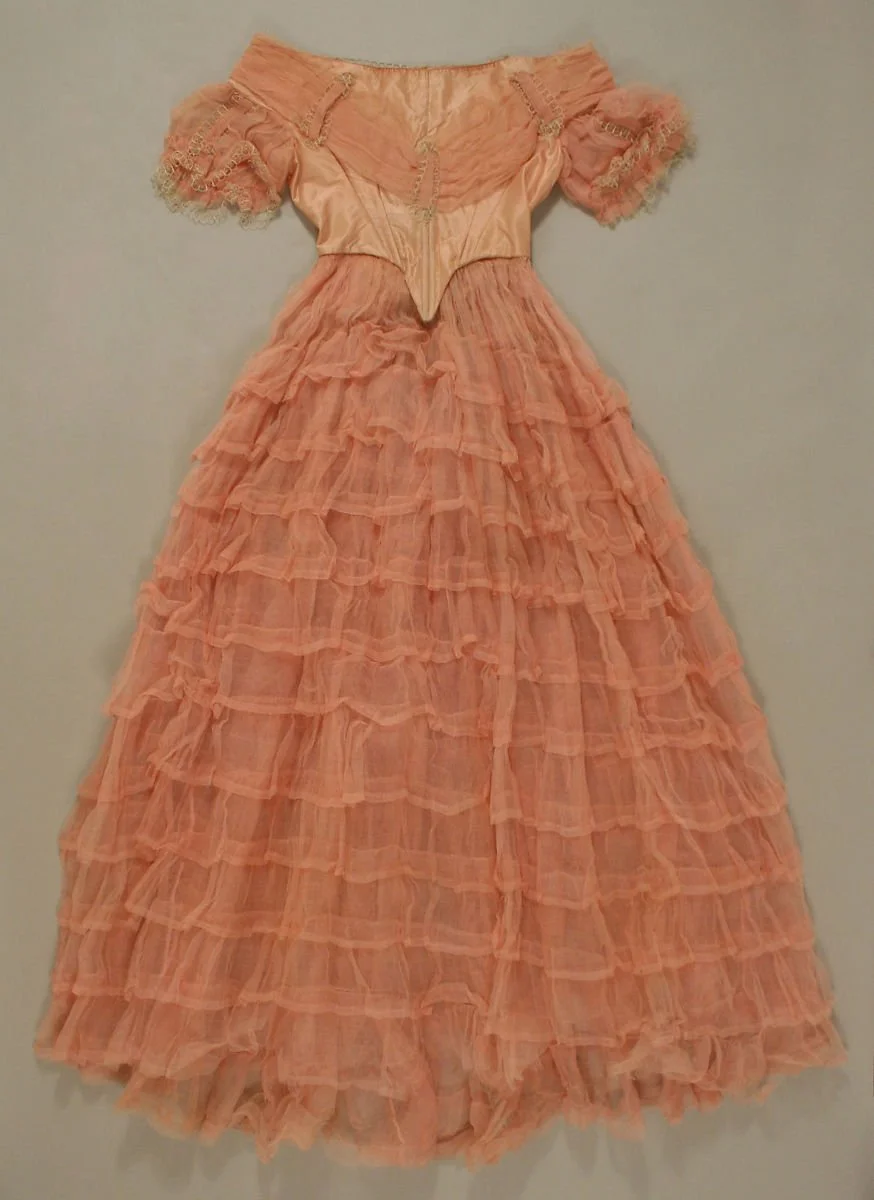An Influence or Departure From The Gilded Age
After an initial disappointment, it turns out all one needs is some digging to find satisfaction in adherence to the Met Gala’s theme. I was quite excited when I first heard of the theme for the 2022 Met Gala. After a year of wishing for an opportunity to wear some of the historic and vintage dresses I had found, someone finally had my dream venue. That fateful First Monday in May, though, had me questioning if I had even interpreted the theme right. Was it still Gilded Glamour?
Though I love Blake Lively, and think her homage to the Statue of Liberty was somewhat fitting, I couldn’t help imagining her in a 19th century ball gown. Why was no one taking advantage of this opportunity? The media obviously pushed the most high profile guests to the front of their coverage, but after some personal scouring through every look at the Gala, I realized that the theme did not go totally unnoticed.
Officially “the 2022 Met Gala will ask its attendees to embody the grandeur—and perhaps the dichotomy—of Gilded Age New York.” The Met states that the Age encompasses 1870 to 1890, although one can draw it out into the turn of the 20th century. It even included some wonderful examples such as this evening gown from the Costume Institute and a nod towards The Age of Innocence.
The Met also reminds that “women’s dresses often featured a combination of many textiles, like satin, silk, velvet, and fringe, all adorned with over-the-top textures like lace, bows, frills, and ruffles.” I can also acknowledge a more subtle reference to the theme through looks like Kaia Gerber’s and Emma Stone’s. Though neither seemed to directly draw on the silhouettes of the Gilded Age, Kaia’s look was decked in fringe and certainly “gilded.” Emma had a more flapper style silhouette, but the fabric and feathers still complimented the theme. The period also has aspects of the Art Nouveau Movement which “emphasized stylized forms of nature, sinuous, curving lines, and a sense of movement,” shown in the dress from 1894 below (Fit).
With many routes to take, I want to highlight some of my favorite theme influenced, and sometimes less covered, styles from the night and also pieces I wished were used as inspiration.
First, I want to start with the most obviously Edith Wharton-esque ensemble. Billie Eilish captured the essence of a Gilded Age ballgown with her Gucci dress for the Gala. Though I might have styled the hair and jewelry differently, Billie’s gown steals the spotlight. In pastels, silks, and lace, the cut models closely an evening dress of the time. She has a fitted bodice down to the waist that gives way to a looser skirt and embellishment of a feathered flower right below her square neckline (Edwards).
I additionally appreciated the corseted styles worn by Lizzo and Paloma Elsesser. Though neither directly references a ballgown from the period, the corsets serve as a classic symbol of fashion from the 19th century. Lizzo’s black outfit additionally features a structured flare at the hip, or pannier, that was worn at the end of the 1800s, as fashion was transitioning away from the more streamlined Empire style. I enjoy Paloma’s embellishments to her dress as well. Her piled necklace and hairstyle truly add to the elegance.
Sydney Sweeney wore a Tory Burch dress that changed from long to mini during the night, but held its structured bodice. Sydney’s outfit vaguely resembles this Dior 2014 Fall Couture dress that I found when researching personal favorite pieces for the night’s theme. That Dior collection was especially focused on fashion’s history and how a range of different eras could still apply to the current fashion scene. It reminds me of a simplified version of a ballgown from the time– the simplification making it more “modern.”
Adwoa Aboah also greeted the theme with a Tory Burch gown. When I initially saw her look, I thought she had hit The Gilded Age head on. I was drawn to the baby pink, embellishments, bows, and most of all, puffed sleeves (known as leg-of-mutton sleeves.) It’s quite over the top, but I thought she walked a nice line between fashion and costume. Reading a more detailed description of her look on Vogue, though, I learned her inspiration stemmed from a mesh between the socialites of the 50s and 80s. But how perfect! That doesn’t mean the silhouette still doesn’t have influence from the Gilded Age. Fashion is constantly referring to the past, and especially in the 80s, with the large puff sleeves and revival of Edwardian, references to the 19th century were not rare.
Saving my best for last, I absolutely adored Molly B Simms' look. I think she pulled off the most well-done interpretation of the Gilded Age. Though it won’t be the standout of the night based on extravagance, I think its elegance will prevail in years to come. Molly approached a Gilded Age ball gown embracing the princess line cut, a more form fitting shape without a waist seam that became popular during the “interim natural form period” (think back to the Art Nouveau Movement) (Lydia Edwards). Again, we see leg-of-mutton sleeves that seem to end with her gloves. I loved the touch of gloves for the look. When looking at Molly, I’m reminded of the Cassatt painting, The Fitting, from 1891 below. The gown then trains in the back, with swaths of this peachy pink fabric framing Molly’s otherwise simple look. Molly managed to fit into the theme and a certain time period, all the while looking as if she could walk any red carpet event. Just beautifully done!
That’s enough of the guests’ looks for the night! I really did like some of the gem ensembles from the evening, but that doesn’t mean I don’t have many pieces that I would have also liked to see as inspiration or that I feel would have fit in well. Looking through The Met’s Collection, I found this wonderful 1871 dress in a dusty purple, with buttons steaming down the front, and scallops framing the ruffled hems in the back. I think a play on the buttons or scallops could be gorgeous.
Though this Brock Spring 2019 Ready-to-Wear piece wouldn’t be quite ready for a walk on the Met Gala steps, I think aspects of the look would work well with the theme. I especially like the chintz-y floral look and the feathers on the hem. The bow is also a nice touch that compliments the neckline well!
Giambattista Valli Fall 2020 Ready-to-Wear also had two dresses that caught my attention for the event. First, I love the dress with the floral pattern and matching gloves. The gloves, like in Molly’s look, tie into the theme well while also elevating the outfit as a whole. The gentle puff of the sleeves and fluttering hem have a fresh feel, while the bow works wonderfully as an embellishment for the Gilded Age. The next dress is a bit of a stretch because only the bows really apply to the theme, but I think it’s beautiful nonetheless. The strapless neckline and overall shape remind me of a 50s dress, which also had me questioning if I should include it. Again, though, fashion can be reminiscent of many different decades because it's always building on and returning to itself.
Lastly, I’d like to end with my favorite inspiration piece from the 20th century. Though not quite in the Met-defined period of Gilded Age (but who really stuck to that time period anyways,) this 1856 dress makes up for its early creation. This frothy silk and cotton ball gown, with only minor changes, could be ready for the Gala. The skirt, with its many tulle-like ruffles, falls away from a structured bodice and similarly ruffled sleeves. Similarly to Molly’s look, I think the dress would look wonderful with a simple low bun and diamonds.
Thanks for exploring the Gilded Age at the Met Gala and the Gilded Age in actuality with me!
Sources:
Vogue, Fit, Billie, Molly, Cassatt Image, Met Dress 1, Met Dress 2, Brock, Valli, Lizzo, Paloma, Sydney, Adwoa
How to Read a Dress by Lydia Edwards










